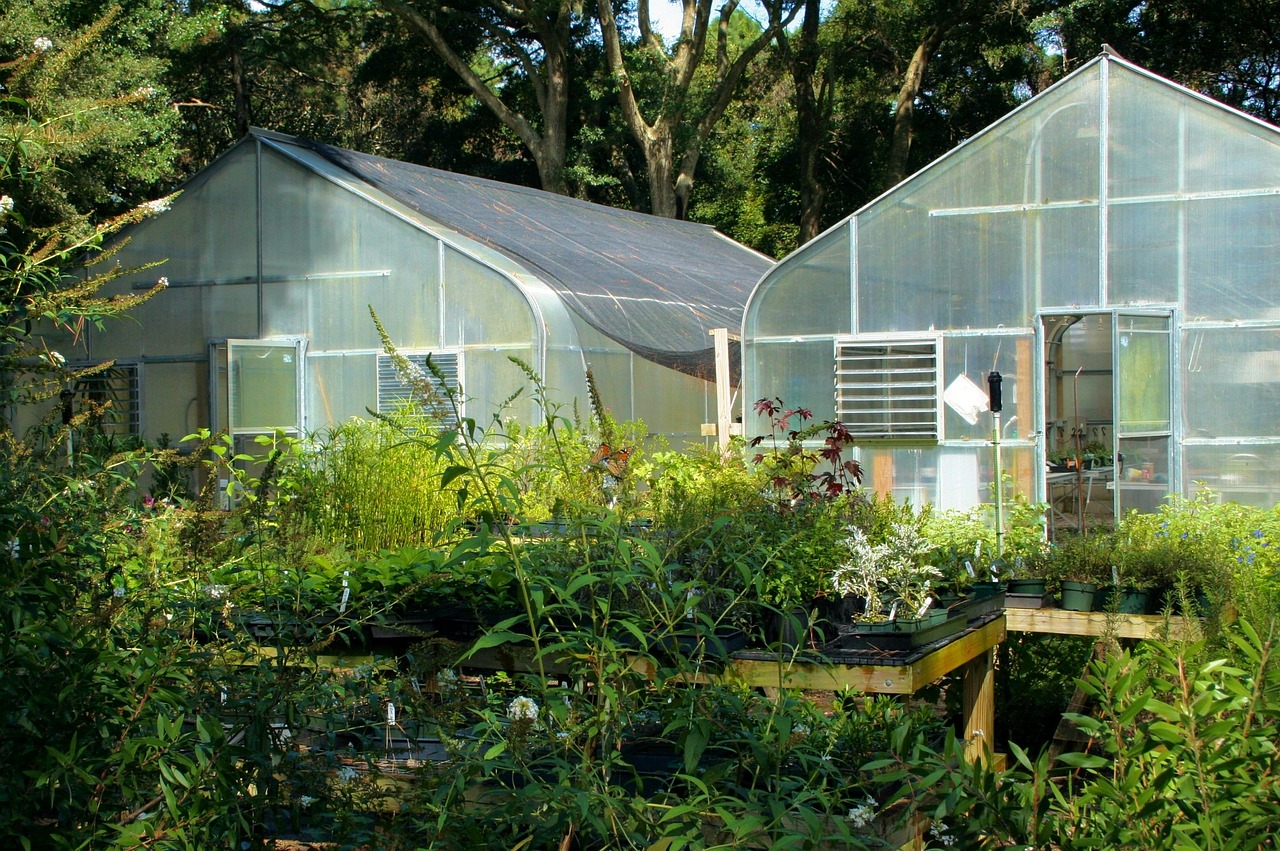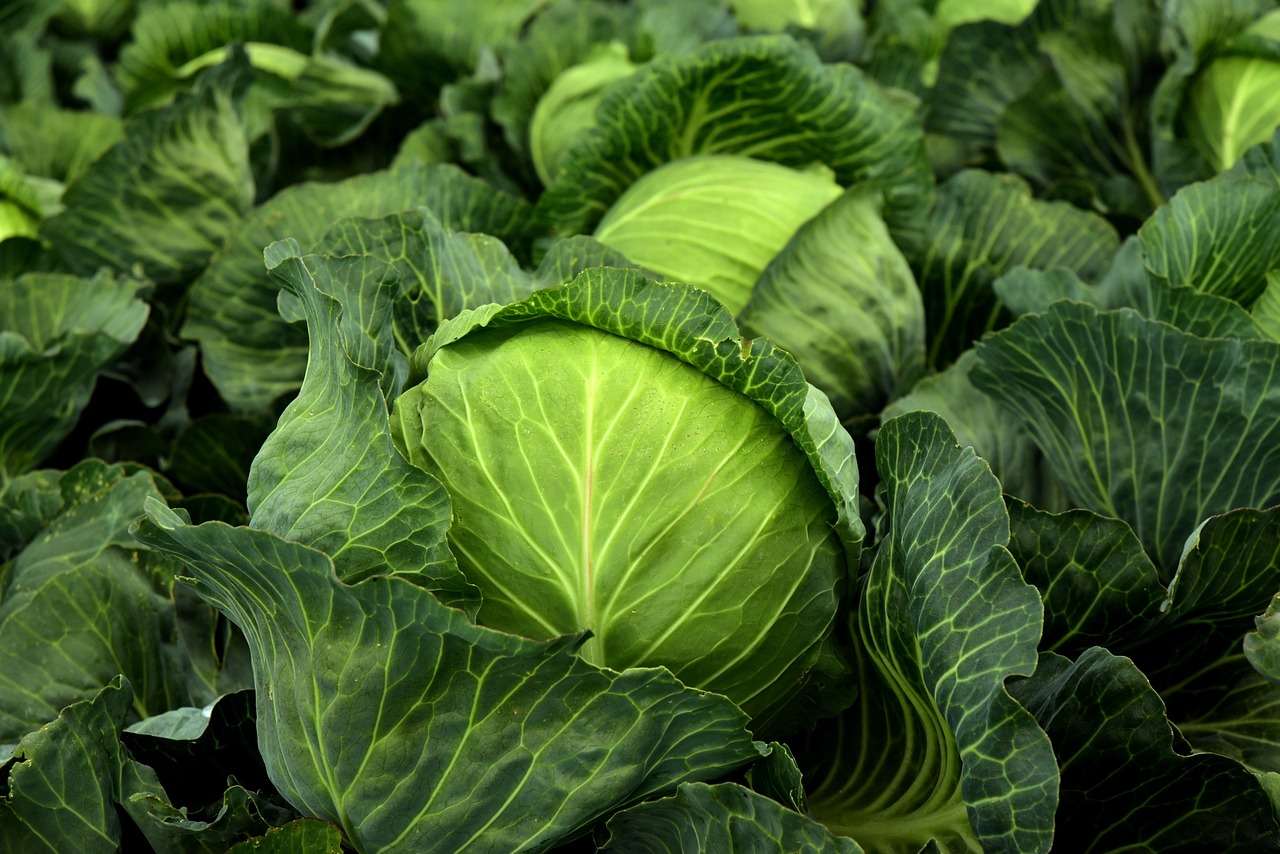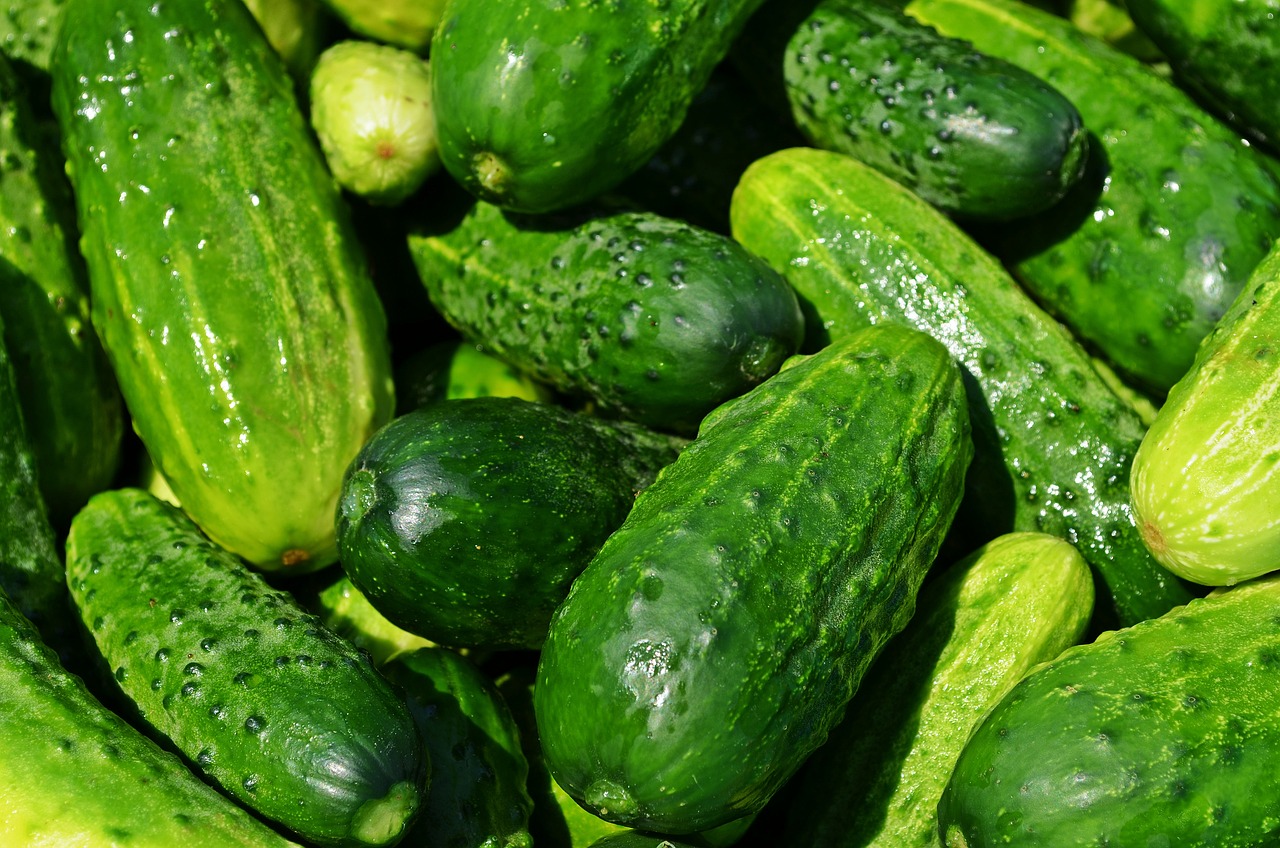Are you looking for a new hobby that will not only bring you joy but also a source of fresh, healthy greens? Look no further than growing your own microgreens!
These tiny, nutrient-packed plants are easy to grow and can be grown year-round, even in small spaces. Not only are microgreens delicious and nutritious, but they also provide a sense of satisfaction and pride when you grow them yourself.
Imagine snipping off a handful of vibrant greens that you grew from seed, and incorporating them into your salads, sandwiches, and smoothies. Plus, growing microgreens is a great way to connect with nature and practice mindfulness as you tend to your plants.
So why not give it a try and experience the joy of growing your own microgreens?
What Are Microgreens and Why Should You Grow Them?
If you’re looking for a simple and rewarding way to elevate your cooking and nutrition game, you should definitely consider growing microgreens!
Microgreens are young plants that are harvested just a few weeks after germination, when they have developed their first set of true leaves. They come in a variety of flavors and colors, such as spicy mustard, sweet pea, and earthy beet, and are packed with nutrients.
One of the main benefits of microgreens is that they’re incredibly nutrient-dense. In fact, studies have shown that they can contain up to 40 times more vitamins and minerals than their mature counterparts!
Microgreens are also easy to grow at home, even if you don’t have a lot of space or a green thumb. Some of the best microgreens to grow at home include arugula, broccoli, radish, and sunflower.
Not only are they delicious, but they can also add a pop of color and texture to any dish.
Choosing the Right Seeds and Supplies
Picking out the perfect seeds and gathering all the necessary supplies is essential for a successful microgreen garden. Seed selection is crucial since it determines the taste, texture, and color of your microgreens. Choose high-quality seeds that are organic, non-GMO, and specifically labeled for microgreens.
The most popular options include arugula, kale, broccoli, and radish seeds. Remember to also consider the time of year and the growing conditions in your area when selecting seeds.
Once you have chosen your seeds, the next step is to gather the right growing containers and supplies. You can use trays, planters, or even recycled containers such as egg cartons or yogurt cups. The ideal container should have drainage holes to prevent water buildup.
You will also need a good quality soil mix, a spray bottle for watering, and a light source to ensure your microgreens receive enough light. With the right seeds and supplies, you’re well on your way to enjoying a bountiful harvest of fresh and flavorful microgreens.
Setting Up Your Growing Space
Now that you’ve got your seeds and supplies ready, it’s time to create a cozy and inviting growing space that will inspire you to nurture and care for your microgreens.
One of the easiest ways to do this is by using DIY containers that you can make from materials you already have at home. You can use old plastic containers, egg cartons, or even mason jars to plant your microgreens. Make sure to poke holes in the bottom of your containers to allow for drainage and fill them with a high-quality potting soil.
Another important factor to consider when setting up your growing space is lighting. Microgreens need plenty of light to grow, so it’s essential to find the right lighting solution for your space.
If you have a sunny windowsill, you can simply place your containers there and let them soak up the natural light. However, if you don’t have access to natural light, you can use artificial grow lights that are specially designed for indoor gardening. These lights come in a variety of sizes and can be easily installed in your growing space, providing your microgreens with the light they need to thrive.
Caring for Your Microgreens
To ensure healthy growth, you’ll want to keep the soil moist and provide plenty of light for your microgreens to bask in.
Watering routine is crucial in taking care of your microgreens. You should water them regularly, but be careful not to overwater them as it can lead to potential problems like mold growth or root rot. A good rule of thumb is to water them once a day or every other day, depending on the type of microgreens you are growing and the environmental conditions in your growing space.
In addition to regular watering, you should also be mindful of any potential problems that may arise while caring for your microgreens. One of the most common issues is pests, such as aphids or spider mites, which can damage your microgreens and hinder their growth.
You can prevent these problems by regularly inspecting your plants and using natural pest control methods, such as neem oil or insecticidal soap. By being vigilant in your watering routine and monitoring for potential problems, you can ensure that your microgreens grow strong and healthy.
Harvesting and Enjoying Your Homegrown Microgreens
Once you see the first set of true leaves, it’s time for you to start harvesting and enjoying your homegrown microgreens.
The joy of growing your own microgreens is not only in the process but also in the end result. You can add a punch of flavor to your dishes with your freshly harvested microgreens. They’re perfect for salads, sandwiches, or as a garnish on your favorite dishes.
Recipe ideas are endless when it comes to microgreens. Try adding them to your smoothies or juices for an extra boost of nutrients and flavor. You can also use them to make pesto or salsa for a unique twist on traditional recipes.
Nutritional benefits of microgreens include being high in vitamins and minerals, antioxidants, and anti-inflammatory properties. So, not only are they delicious, but they’re also good for you.
Enjoy the fruits of your labor and experiment with different recipe ideas using your homegrown microgreens.
Frequently Asked Questions
What are the best ways to store microgreens after they have been harvested?
To ensure maximum freshness, proper storage techniques for microgreens include placing them in an airtight container lined with a paper towel and kept in the refrigerator. Shelf life varies, but most last about one week.
Can microgreens be grown in a hydroponic system?
Yes, you can grow microgreens in a hydroponic system, which has advantages such as faster growth, reduced water usage, and easier pest control. Nutrient solutions can be customized for specific plant needs.
What are some common mistakes to avoid when growing microgreens?
When growing microgreens, common mistakes include overwatering, using poor quality soil, and not providing enough light. Tips and tricks to avoid these mistakes include using a spray bottle to water, investing in high-quality soil, and placing the microgreens in a sunny location.
How long does it typically take for microgreens to germinate and grow?
Typically, microgreens take about 2-4 days to germinate and another 7-14 days to fully grow. The growth rate depends on the type of microgreen, the environment, and the care given.

Are there any health risks associated with growing and consuming microgreens?
You may be concerned about potential health risks associated with growing and consuming microgreens. However, they are generally safe and offer many nutritional benefits such as being packed with vitamins, minerals, and antioxidants.
Conclusion
Congratulations on taking the first step towards growing your own microgreens! By now, you should have a better understanding of what microgreens are, why they’re a great addition to your diet, and the benefits of growing them at home.
Remember, choosing the right seeds and supplies, setting up your growing space, and caring for your microgreens are all crucial steps in ensuring a successful harvest. With a little patience and dedication, you’ll soon be able to enjoy the delicious taste and nutritional benefits of your very own homegrown microgreens.
So what are you waiting for? Get started on your microgreen journey today! Not only will you be able to enjoy the satisfaction of growing your own food, but you’ll also be able to add a fresh and healthy touch to your meals.
With a bit of practice and experimentation, you may even discover new and exciting flavors to incorporate into your favorite recipes. Happy growing!










